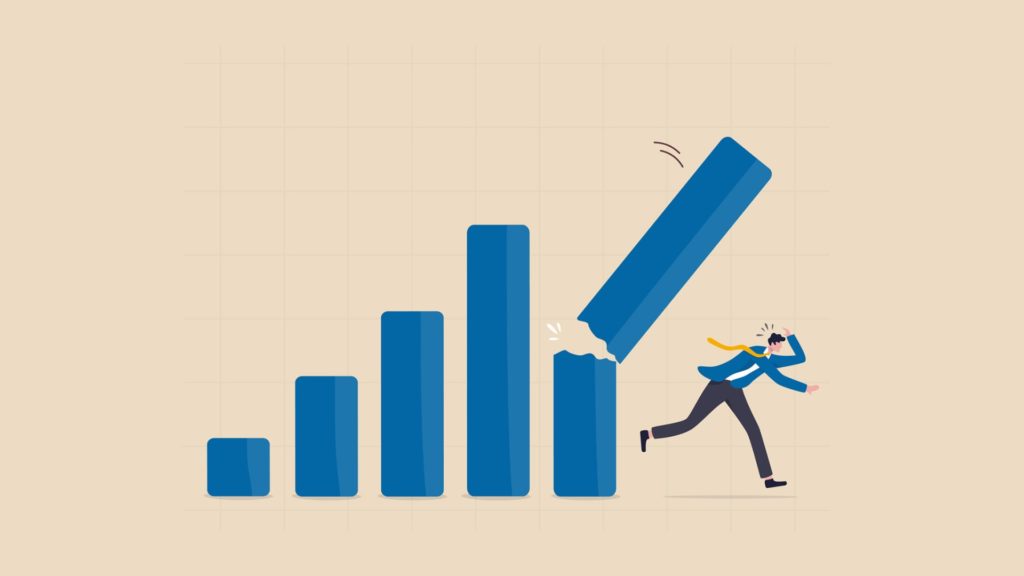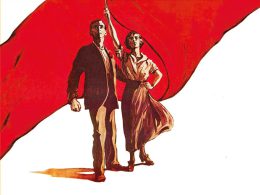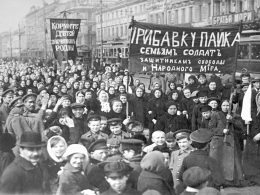By Michael O’Brien
Mainstream commentary on economic crises tends to focus exclusively on the special features that may have tipped what was a slowdown in the economy into a full blown recession, or some particular event that precipitated a more spectacular economic crash.
For instance, the Great Recession of 2009 is typically discussed in the context of the subprime mortgage crisis. Similarly, the 2001 ‘dot.com bubble’ bursting and the 1973 oil shock are essentially recalled as triggers for those particular recessions. Even where there is validity in these analyses as descriptions of how the crisis happened, they don’t actually explain why it happened.
It suits the ruling class to have recessions spoken of in these terms, as if they were unfortunate accidents, because it points away from a Marxist view of capitalism that understands periodic crises as built into the very DNA of the system.
To understand why crises arise under capitalism it is important to study how the system operates at both a workplace level, in the relationship between workers and capitalists (the labour theory of value), and at the national and international level, where competition between capitalists as enterprises, nation states and trading blocs plays out.
The labour theory of value explains that under capitalism the exploitation of human labour power is the source of profit (surplus value). While there are other inputs into the production process, such as raw materials, machinery, energy (collectively termed ‘constant capital’ by Marxists), it is human labour power that uniquely produces value greater than its own cost to the capitalist.
However, such is the cut throat nature of competition between capitalists that to survive they have to constantly seek ways to produce goods or services more cheaply than their rivals. This can be done in a number of ways. The more crude means is to lower the cost of human labour power that goes into each item by reducing wages or intensifying the work regime through speed-ups. But there are biological and legal limits to going down this route, not to mention the potential of workers to combine in unions to defend or even improve pay and working conditions.
The surer way for capitalists to compete and survive is through investment in ever more advanced means of production (constant capital – plant, machinery, IT), which enable more efficient and ultimately cheaper production. The paradox here is that in order to survive, the capitalist therefore has to sacrifice a significant measure of their profits to invest in means of production and make the end product cheaper, thus resulting in a smaller rate of profit on each item produced relative to this investment. Put another way – the ratio of constant capital going into each product increases relative to human labour power (also referred to as ‘variable capital’ in Marxist economics), the only component that adds new value.
Marx described this phenomenon as the ‘rising organic composition of capital’, which contributes to another feature of capitalism known as the long term ‘tendency of the rate of profit to fall’. While there are various counter-acting tendencies, which can postpone or offset the tendency of the rate of profit to fall, it has been shown empirically by Marxist economists such as Michael Roberts to be a dominant feature of the system.
It is true that the mass of profits made by capitalists can still be significant even when the rate of profit is declining. But ultimately, a declining rate of profit will be the decisive factor in bosses deciding to withhold investments for fear of a poor or even negative return.
This playing out simultaneously in multiple enterprises in different branches of an economy reaches a tipping point whereby economic activity slows down and contracts, giving rise to recessions. This leads to mass unemployment, to reduced incomes and consumption, to overproduced stock depreciating, to means of production falling into disuse and unrepair – effectively, to the destruction of capital.
This destruction of capital means widespread hardship and misery for the working class and poor, but it is the only way for the system to cut costs and restore profitability – again temporarily – paving the way for a fresh cycle of capitalist economic growth.
Whether in a boom or a slump, the capitalists – particularly the big capitalists – will find ways to benefit themselves, while for the working-class majority just getting by is becoming more of a struggle, even in the wealthier countries, even in the booms. Of course, for most of the world’s population, and for the natural world, capitalism is an unending crisis. That’s why we have to end it once and for all.












